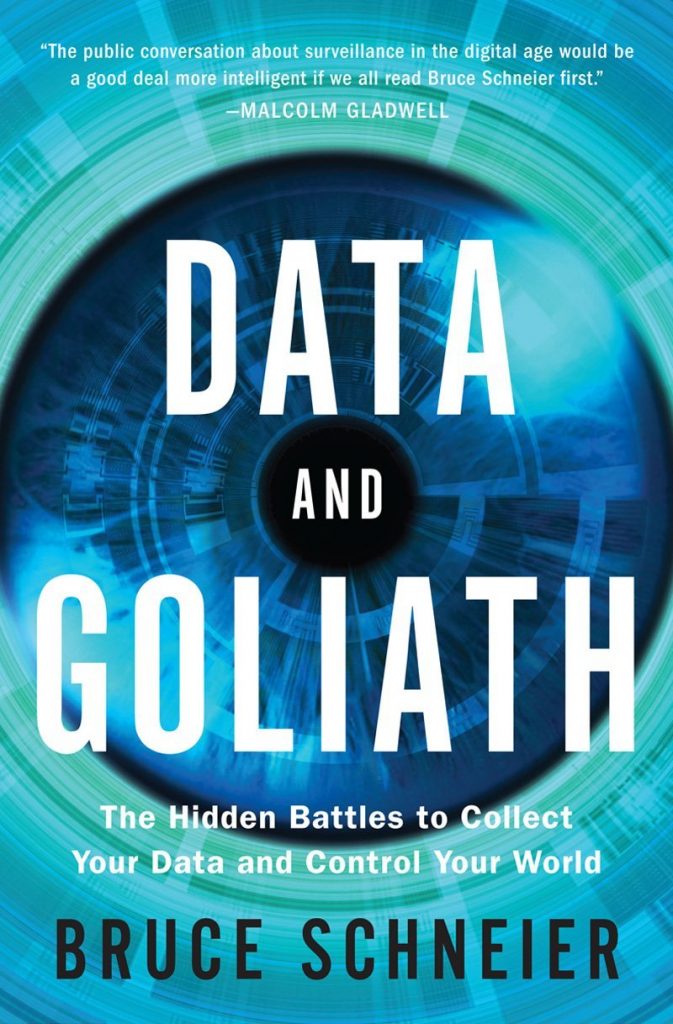
In “Data and Goliath: The Hidden Battles to Collect Your Data and Control Your World,” Bruce Schneier delivers a compelling and eye-opening account of the vast landscape of data collection and its profound implications for personal and family privacy. Schneier, a renowned security technologist, dives deep into the mechanisms and consequences of surveillance, offering readers a comprehensive understanding of how their data is being harvested and used.
The Scope of Surveillance
Schneier begins by detailing the extent of data collection by both government and corporate entities. He explains how our everyday actions—whether online shopping, social media interactions, or simply using a smartphone—generate meticulously tracked and analyzed data. As Schneier argues, this pervasive surveillance is not merely an invasion of privacy but also a tool for power and control.
Impact on Personal Privacy
One of the most striking aspects of Schneier’s narrative is the vulnerability of our privacy in the digital age. He illustrates how data collection can reveal intimate details about our lives, from our health and financial status to our relationships and preferences. This constant monitoring creates a chilling effect, where individuals may feel less free to express themselves or engage in certain activities, knowing they are being watched.
Family Privacy Concerns
Schneier extends his analysis to the implications for family privacy. He highlights how children, often more digitally active than adults, become prime targets for data collection. The aggregation of data on minors raises significant concerns about consent and the long-term impact of having detailed profiles compiled from a young age. Schneier underscores the importance of educating families about these risks and advocating for stronger protections.
Calls for Action
“Data and Goliath” is a critique and a call to action. Schneier offers practical advice on how individuals can protect their privacy, such as using encryption and being mindful of the information they share online. He also advocates for broader systemic changes, including stronger regulations to curb excessive data collection and ensure greater transparency and accountability from those who hold our data.
Conclusion
Bruce Schneider’s “Data and Goliath” is vital for anyone concerned about privacy in the digital era. It offers a sobering look at the hidden battles over our data and provides essential insights into how we can defend our personal and family privacy. Schneier’s expertise and clear writing make this book informative and accessible to a broad audience.



